In many ways, Namibia had been a perfect start to our trip. We had time to meet and talk with people in Windhoek and beyond and had visited a malaria clinic in the north. With every conversation and experience our understanding of the challenges of malaria in the country was growing. Through our conversations with Prof Davis and his team, we were also learning that there is a real appetite for quick, mobile genetic sequencing, and that there were scientists keen to use this technology in the future. But it was now time to move on. So we said goodbye to Davis, Munya and Whitney and drove on to Zambia, where we were planning to test our mobile genetic sequencing kit for the first time in Africa.

After crossing the border at Katima Mulilo, we drove the 4 hours to Livingstone, home of the mighty Mosi-oa-tunya (The Smoke that Thunders), the waterfall also known as Victoria Falls. Viewed for the first time by a European (David Livingstone) in 1855, who named it for the reigning British queen, the falls are an incredible force of nature and a quite unbelievable natural spectacle. We spent a couple of very wet hours viewing the Falls and were all spellbound by the unrelenting ferocity of water that continually drops over the rocks.
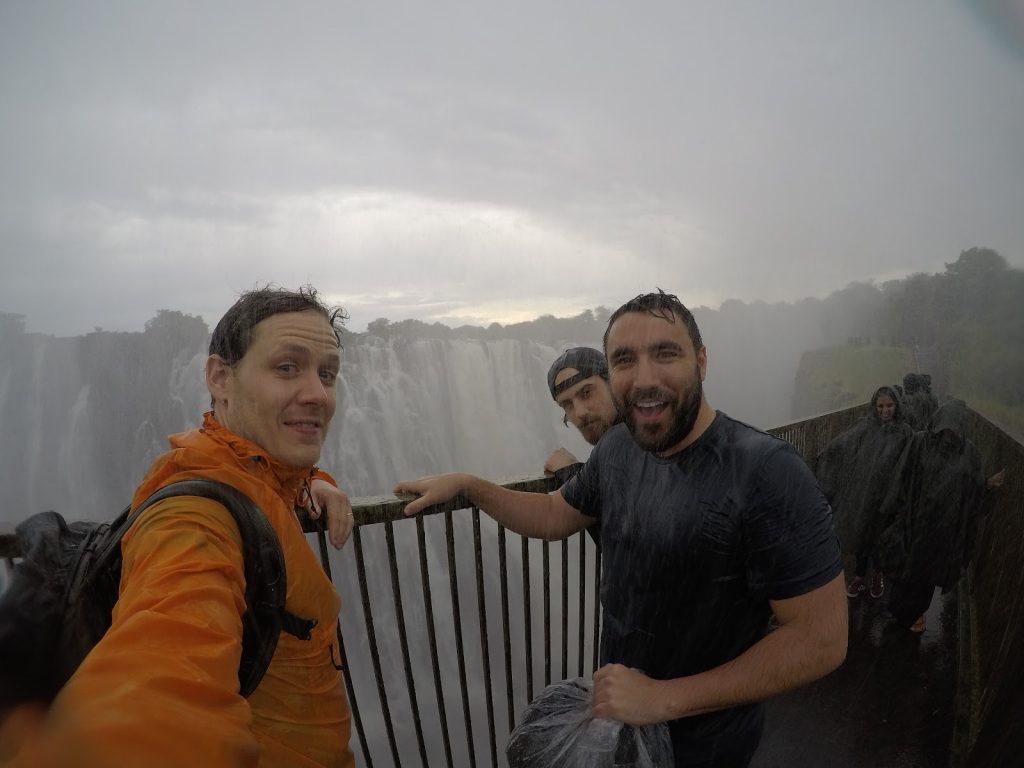
From there we travelled onwards to Lusaka where we spent the week working with colleagues at the National Malaria Elimination Centre (NMEC). The NMEC in Zambia is made up of a variety of people employed by the Ministry of Health together with a few staff supported by NGOs, who share the same site and work collaboratively together. We had arranged to spend the week with scientists based at NMEC but who work for PATH under the direction of Dr Dan Bridges. PATH is an American NGO that runs the molecular testing of NMEC’s parasite samples. Dan and I had been in regular contact over the preceding 6 months as we’d been planning to stress test our sequencing kit with him and his lab whilst we were in Zambia.
First foot forward
After a morning of introductions our plan was for Jason to get busy in the lab at NMEC with some help from Mulenga Mwenda-Chimfwembe and Conceptor Mulube, two of Dan’s best lab technicians. Our first trial of the kit had two very simple aims. Could we get the lab equipment that had been shipped from the UK to work in Zambia on Zambian samples; and could enough data be generated to confidently call any mutations in any of the genes we’d planned to test? Dan provided some surplus Plasmodium falciparum DNA left over from an old PATH project as well as, very helpfully, some DNA from a Cambodian parasite, which was known to be resistant to artemisinin, the frontline antimalarial drug.
Jason has been leading the development of the lab, working tirelessly over the last few weeks in Oxford to get the protocols working with the kit and reagents that we would have in country. This initial test was going to isolate four genes from each of the samples. By sequencing these genes in each of these samples, we would be able to test both whether the protocol would work at all and also whether any known antimalarial resistance mutations were present in any of the samples. The inclusion of the Cambodian sample was particularly helpful because we knew that this one had a mutation in a gene called Kelch13. So if we could identify this mutation, then our protocol would have worked.
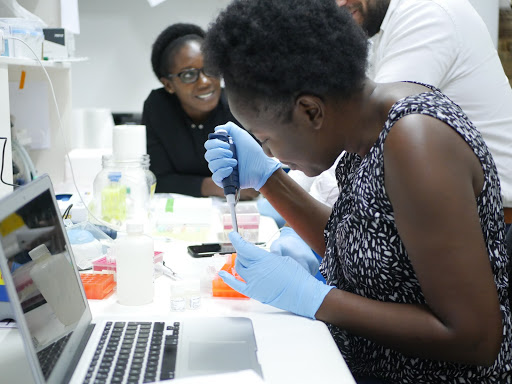
Working with Mulenga and Conceptor, Jason got the equipment up and running. Although there was a slight delay, and one particularly late night because one of the reagents we’d flown in from the UK wasn’t working, after a couple of days Jason was ready to load the portable DNA sequencing machine, called a MinION, for the first time on our trip in Africa.
We had offered to give a two day workshop to a group of NMEC, PATH and University of Zambia scientists on Thursday and Friday, so we had pushed quite hard to get the MinION running by Wednesday so that the workshop attendees would be able to see it running on the first morning of the workshop.
And so on Wednesday evening Jason loaded the MinION and we all watched as the machine started sequencing. It really is incredible that such a small machine can turn DNA into sequence data. It’s a testament to Jason’s hard work and dedication to the project that we had got to this moment, and as the MinION continued to churn out data over the following minutes and hours there was an enormous sense of relief, and a little bit of pride, that we were able to generate genetic sequence data on parasite samples within three days of arriving at NMEC.
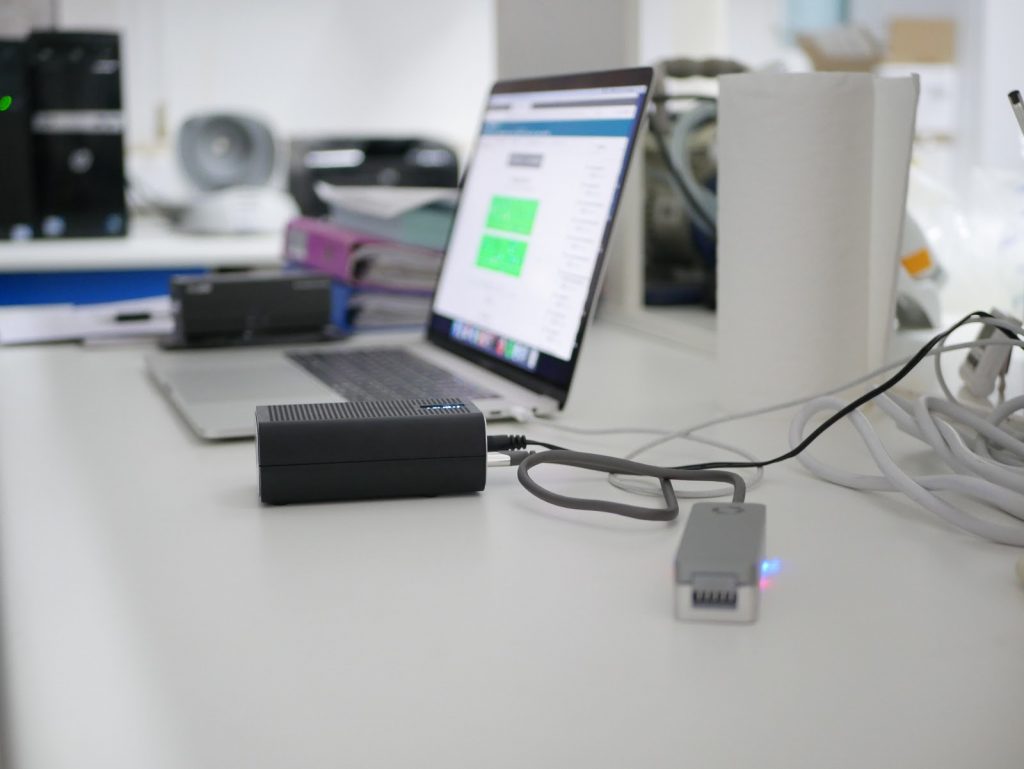
Developing the Zambian use case
We began the workshop excited about the opportunity that the next two days would hold. We were in a seminar room in the main malaria control program building, speaking with malaria geneticists and parasitologists about genetic sequencing, whilst across the lawn we were successfully running a genetic sequencer and generating data that could be analysed there and then. Immediately this meant that our conversations and teaching took on a more serious and realistic turn. The workshop was opened by Dr Busiku Haimanza, a leading epidemiologist at NMEC, who welcomed the team and set the stall for the two days. The first morning would involve a few general talks before we’d move on to more a detailed description of genetics and a demonstration of the equipment.
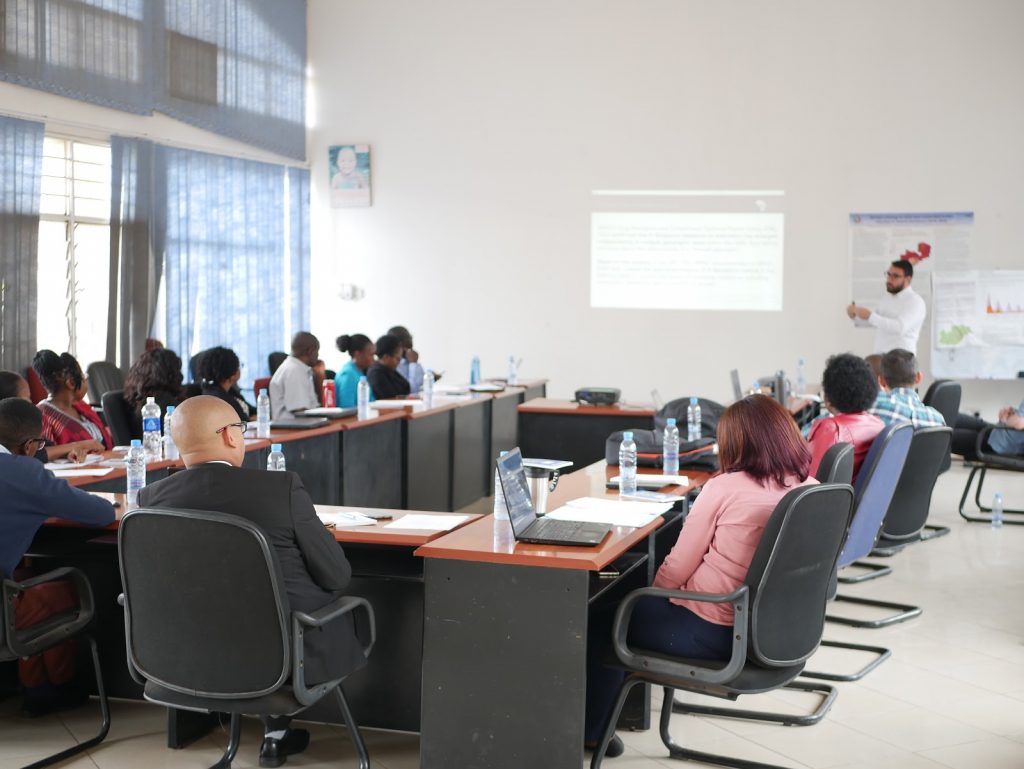
Talks from Isaac, Dr Busiku, and myself were followed by a scenario based exercise which Isaac had prepared and which allowed us to quiz the audience about how genetics might fit into the work that they do. We described how genetics might be used to understand drug resistance in certain populations or whether a parasite was the result of local transmission or had been imported from outside. We felt that both these cases would lead to different control decisions being made, so it was interesting to hear this borne out in these conversations.
Data, data everywhere
The second day of the workshop involved Jason demonstrating the sequencing preparation protocols, whilst I tried to show a little bit of the analysis pipelines that we’ve developed to make sense of the data generated by the MinIONs. It’s easy to think that the data generated by such a small machine would also be small. But this is not the case. In actual fact, Jason’s run was beginning to generate a lot of data, much more than we were expecting. It’s long been my belief that one of the strengths of the MinION is it’s size, portability and ease of use, which means that it has real potential to add value to people who work in low resource settings. But a big part of the package is training in the analysis of the data generated by the machines, so we planned to give the attendees a taste of this as well.
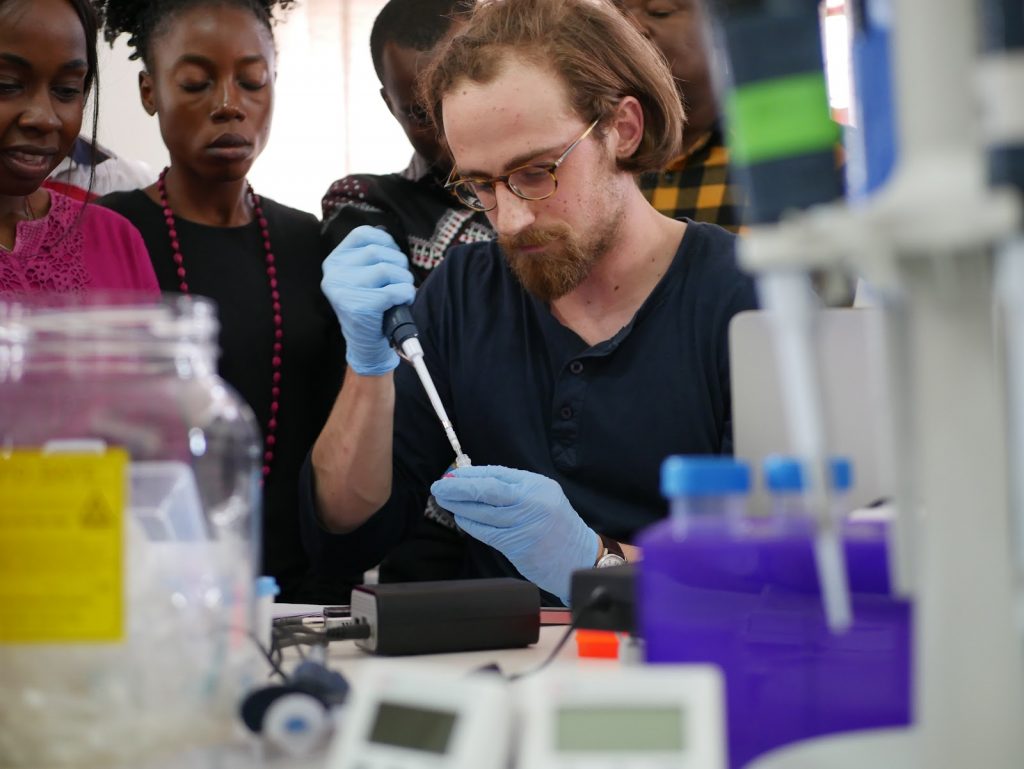
Future steps
We were honoured to have an opportunity to understand how malaria research works in Zambia and to demonstrate this new technology to new people. Dan’s team was full of enthusiasm and it was clear from my conversations with Jacob that the work that we were able to demonstrate could have longevity here. The most rewarding part for me was that bringing this technology and our protocols here at a relatively early stage means that we can hope to work on further developing it together. With Dan, we have the potential to understand the most pressing questions that need to be answered, and Jacob can provide a line into the Ministry of Health, and so can help us with thinking about how to make the data the machines generate useful across NMEC.
